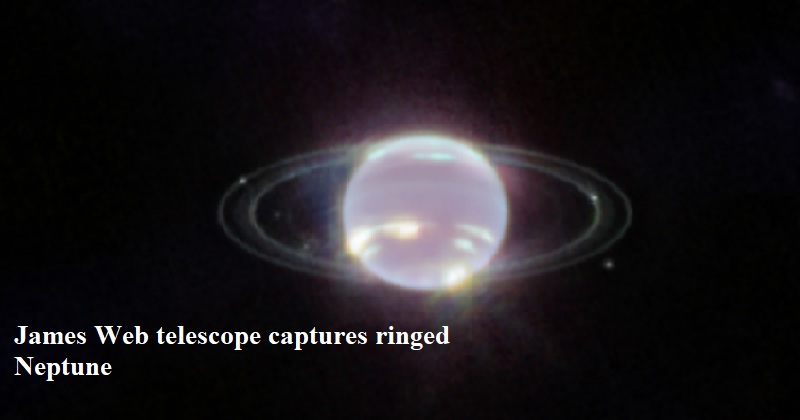
The super space telescope James Webb, which was just launched, has brought back stunning new images of Neptune.
The observatory’s infrared imaging equipment reveals details that have not been observed since the Voyager 2 spacecraft passed the planet in 1989.These consist of the ice giant’s rings and dust bands.
The various cloud forms also pique the interest of scientists and should provide them with unique insights into the operation of Neptune’s atmosphere.
At the Euro planet Science Congress in Granada, Spain, Prof. Leigh Fletcher from Leicester University observed that everyone there was ‘trying to decipher this on our phones, but it’s incredible to see those rings, and we’re accessing wavelengths that no-one has seen before.’
With a brilliant equatorial band that resembles the bright bands of Jupiter and Saturn, the longer wavelengths are brand-new and may open a window on the deep circulation processes.
‘Neptune’s strong storms remain as active as ever, and Triton and the ring moons are here to represent the entire Neptune family’ he added.

Post Your Comments